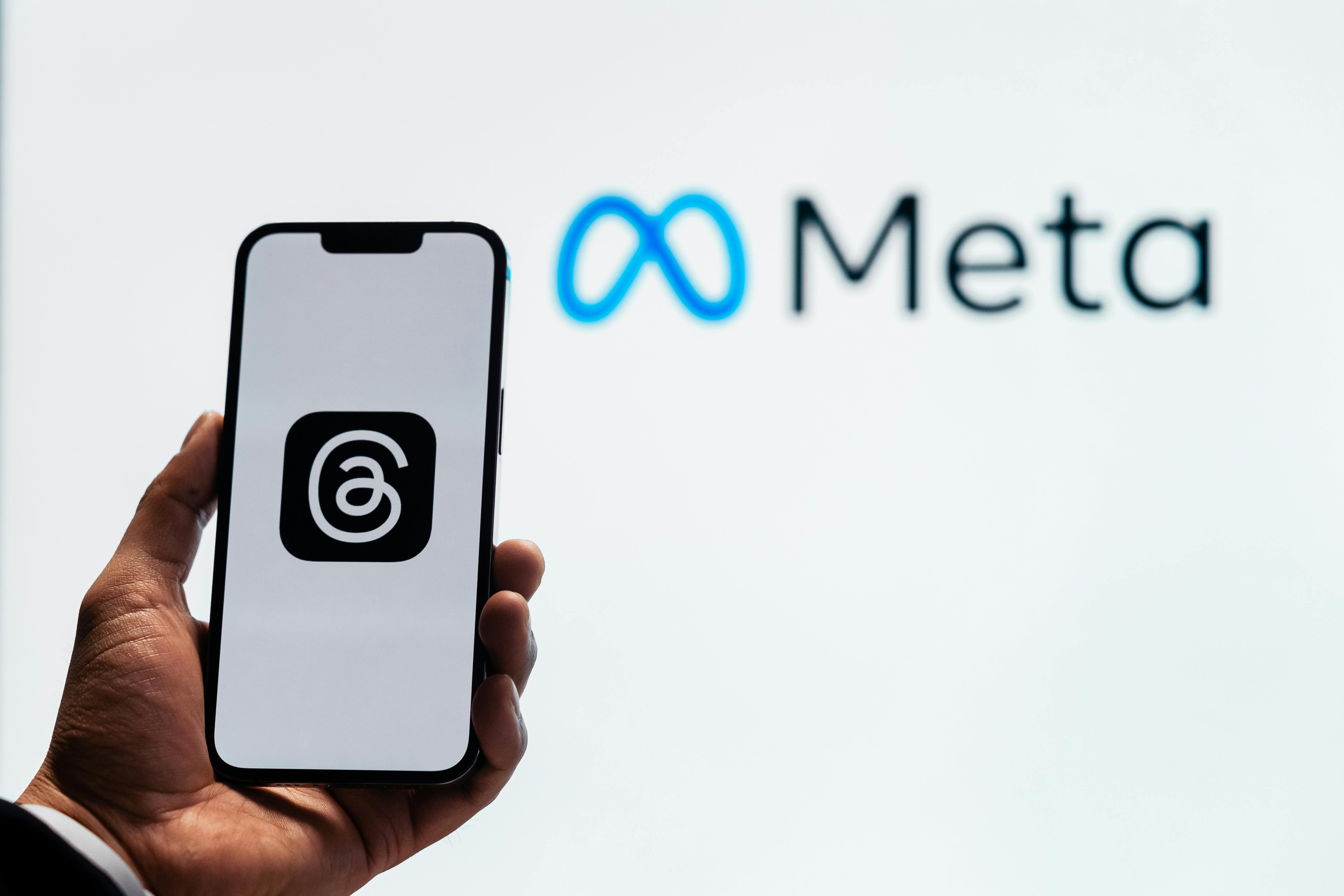
Introduction
The evolution of social networking platforms has paved the way for enhanced communication tools that cater to the needs of users. One of the latest advancements comes from Meta’s Threads, which has recently launched its long-anticipated Direct Messaging (DM) feature. This significant update allows for private one-on-one messaging between connected users, marking a new chapter in Threads’ functionality and its aspirations to become a comprehensive social networking platform.
Direct Messages: A New Era for Threads
The DM feature is a game-changer for threads, making it possible for users to engage in private conversations with their Instagram followers and mutual connections. Currently available to users over the age of 18, the DM feature is designed to be user-friendly, supporting conversations only between those who follow each other on Threads or have mutual Instagram connections. This strategic limitation ensures a more secure and familiar environment for users as they navigate their social interactions.
Key Features of Direct Messaging
- Private Messaging: Engage in private messages with Instagram followers and mutual connections.
- Message Request Folder: New contacts can send message requests, ensuring users have control over their conversations.
- Predetermined Emoji Reactions: Users can express themselves instantly with a range of emoji reactions.
- Spam Reporting: An integrated spam reporting feature helps maintain the platform’s integrity.
- Integrated Blocking: Blocking someone on threads will also block them on Instagram, providing seamless management of one’s social interactions.
The update aims to provide users with a smooth messaging experience, leveraging the existing Instagram social graph to establish connections without the need to build a new network from scratch.
Security and Privacy Considerations
As users are increasingly concerned about secure communications, it’s important to note that the new DM feature does not yet support end-to-end encryption. A Meta spokesperson has confirmed that while the DM system is protected by a robust safety infrastructure, encryption features are still in development. Messages will be subject to Meta’s internal moderation system, raising potential concerns among privacy-conscious users.
Regional Availability of DMs
The DM feature has rolled out globally, but it is not yet available in several key regions. Notably, users in Japan, Australia, the United Kingdom, and various EU countries currently lack access to this functionality. These regional restrictions may be linked to specific privacy regulations that demand compliance before launching features related to direct messaging.
The Future of Direct Messaging on Threads
Meta has indicated that the initial release of direct messaging on Threads is just the beginning of a larger strategy to promote the platform as a comprehensive messaging service. Plans for future updates include the addition of group messaging, which will significantly enhance user engagement.
The Strategic Importance of Group Messaging
The introduction of direct messaging is pivotal for Threads as it strives to differentiate itself from competitors like X (formerly Twitter). By focusing on text-first content and a cleaner interface akin to Instagram, Threads aims to attract a dedicated user base. The absence of a private messaging system had previously hindered user engagement; however, with the DM feature now in place, Threads can offer a fuller social networking experience.
Adding group messaging capabilities will allow users to interact in real-time in a more collaborative setting. This will not only increase user engagement but also create significant opportunities for brands, enhancing customer service interactions and fostering collaborations between creators.
Conclusion: A New Social Communication Frontier
The rollout of direct messages on Threads signifies a major step towards evolving the platform into a more interactive communication tool beyond just a public microblogging app. While certain privacy concerns and regional restrictions may limit initial adoption, the potential for future updates indicates a robust roadmap for Threads. Enhanced features like group messages and greater user control are on the horizon, positioning Threads to compete effectively with established platforms such as X, Telegram, and WhatsApp.
In conclusion, as Meta continues to integrate more functionalities within Threads, we can anticipate a growing emphasis on creating a cohesive, real-time social experience that thrives on direct interactions and engagement among users.